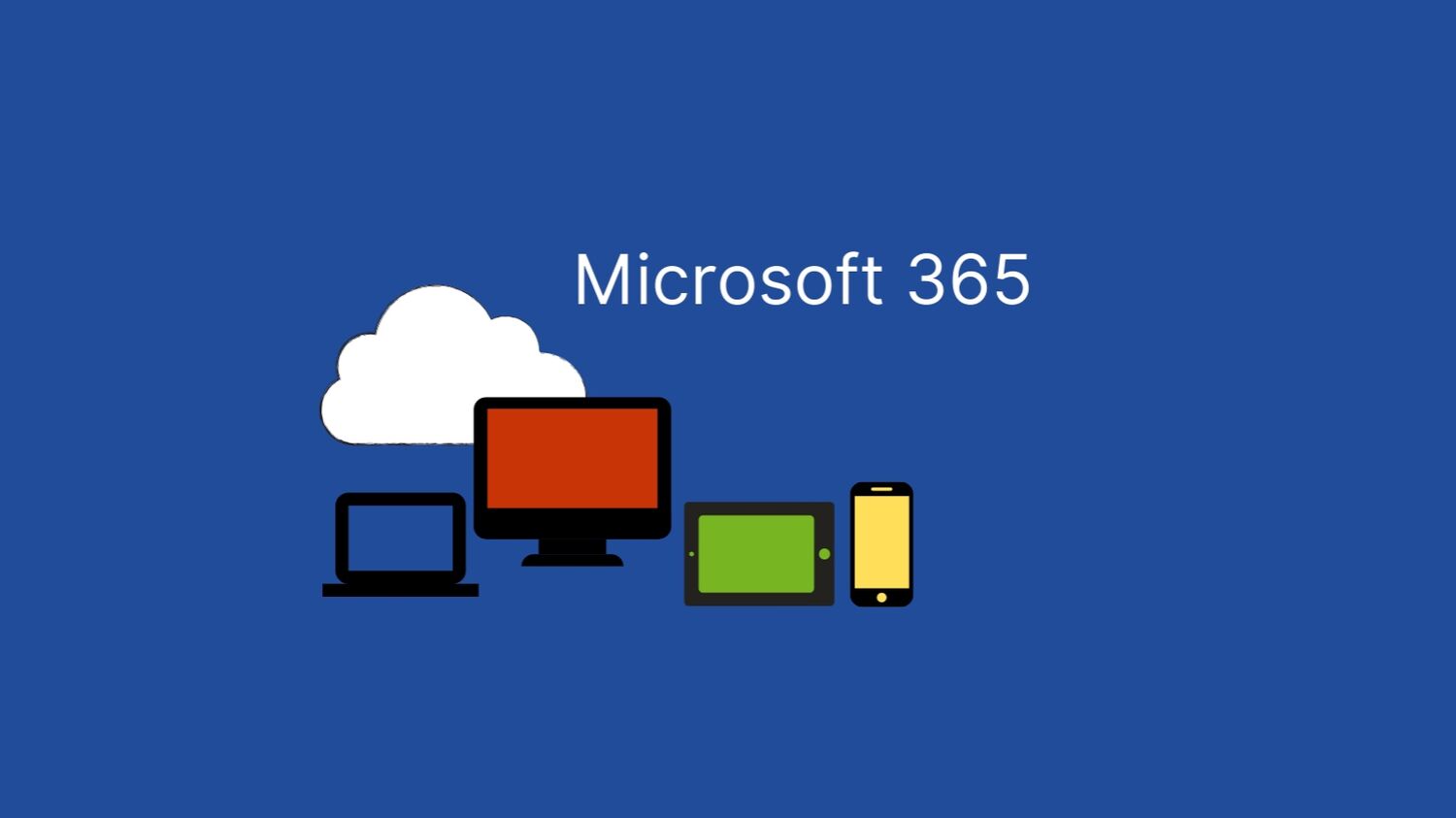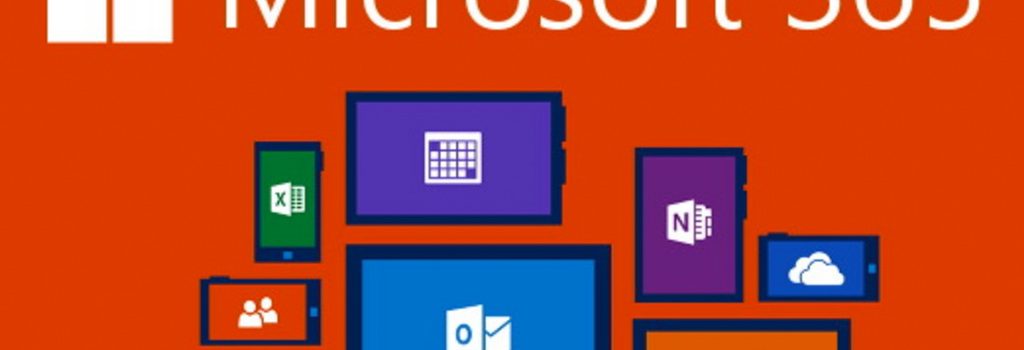

Start managing them to ensure security and compliance. Investigate usage patterns, assess the risk levels and business readiness of more than 16,000 SaaS apps against more than 80 risks.

The Microsoft technical documents describe the following uses cases for using Microsoft Cloud App Security:ĭiscover and control the use of Shadow IT: Identify the cloud apps, IaaS, and PaaS services used by your organization. the thing that checks whether the credentials you wrote are correct or incorrect after you click 'log in' to access an account or an app. It is the technology that manages the identities of all of your users, a.k.a. You may not even know you're using Azure AD, it runs in the background of Office 365 and Microsoft 365. In the section below we'll describe what these six tools do in addition to providing a comparison table to see the difference across EMS E3 and EMS E5. The EMS product is made up of six tools, which each have their own features, so we're going to do our best to describe a really complicated product in a short amount of time. E5 check out of comparison blog: Microsoft EMS E3 vs.

To learn more about the Microsoft 365 E3 and E5 features in the table, read our What is Microsoft 365? blog post. EMS E5 is included in the Microsoft 365 E5 bundle ($57.50 per month/user).EMS E5 can be purchased as a standalone product ($15 per user/month).EMS E3 is included in the Microsoft 365 E3 bundle ($32 per month/user).EMS E3 can be purchased as a standalone product ($9 per user/month).There are two tiers of Enterprise Mobility + Security (EMS) called EMS E3 and EMS E5, which can be bought in four ways: Is the bundle a bang for your buck? Read our comparison blog to decide for your company: Microsoft 365 vs. What is Microsoft 365? It's a bundle of Office 365, Windows 10, and EMS. Microsoft EMS is a suite of security products that can be purchased as a standalone product or when purchasing Microsoft 365. It was a huge bet at the time, as EMS was meant to bring enterprise-level security that Fortune 500 companies were using to small and medium businesses (SMBs). Microsoft launched the Enterprise Mobility + Security (EMS) in March 2014, in an effort to transition from 'bolted-on' security to 'built-in' security.


 0 kommentar(er)
0 kommentar(er)
